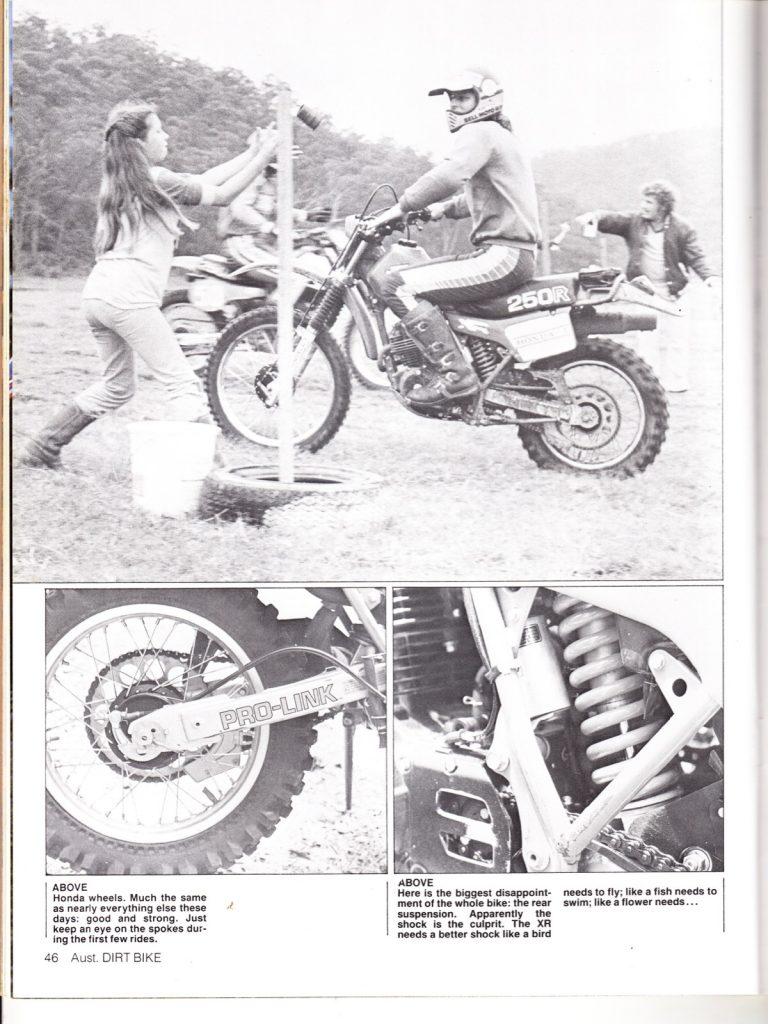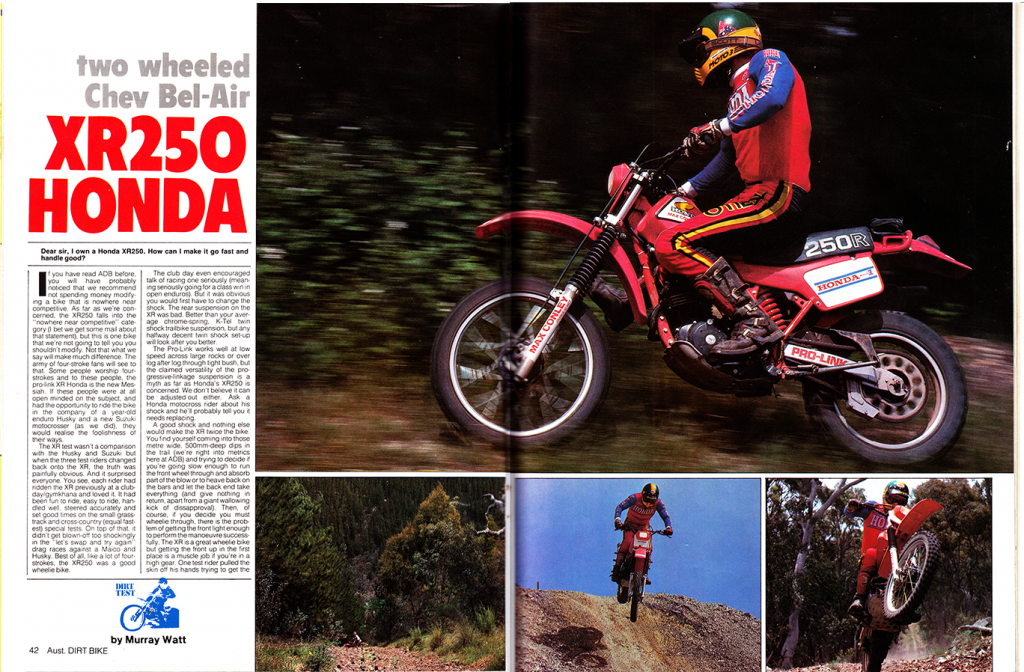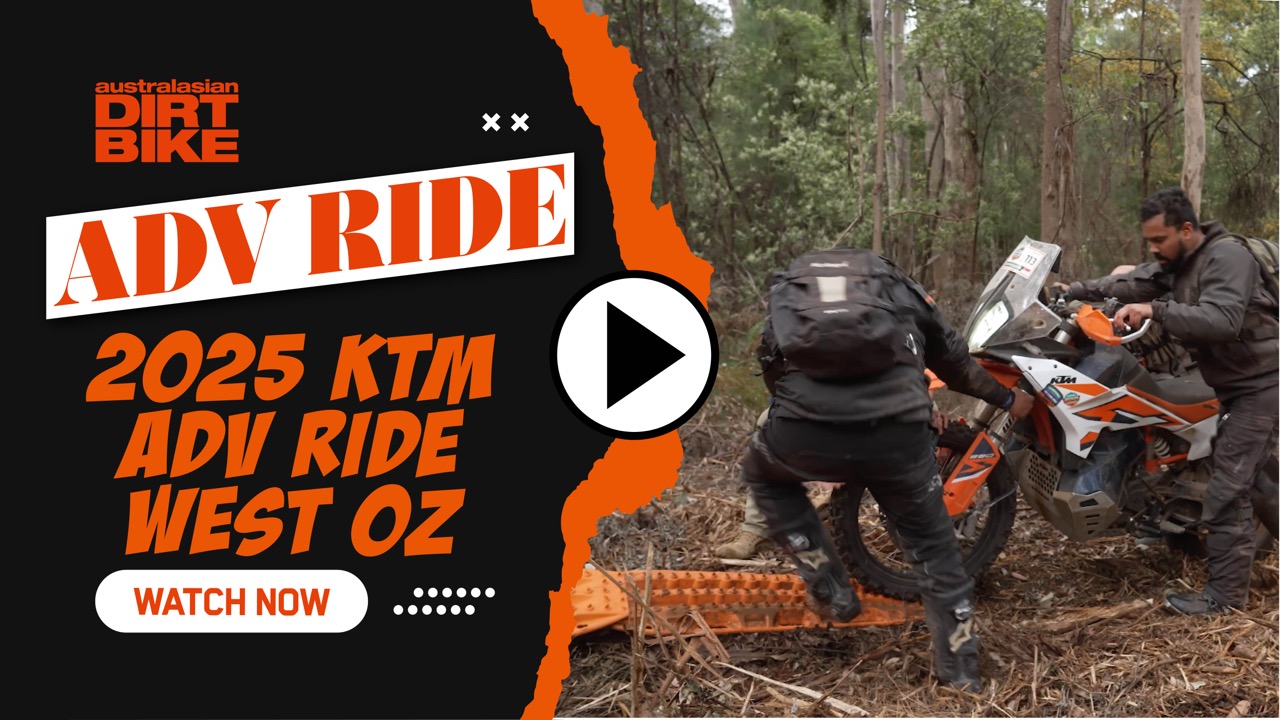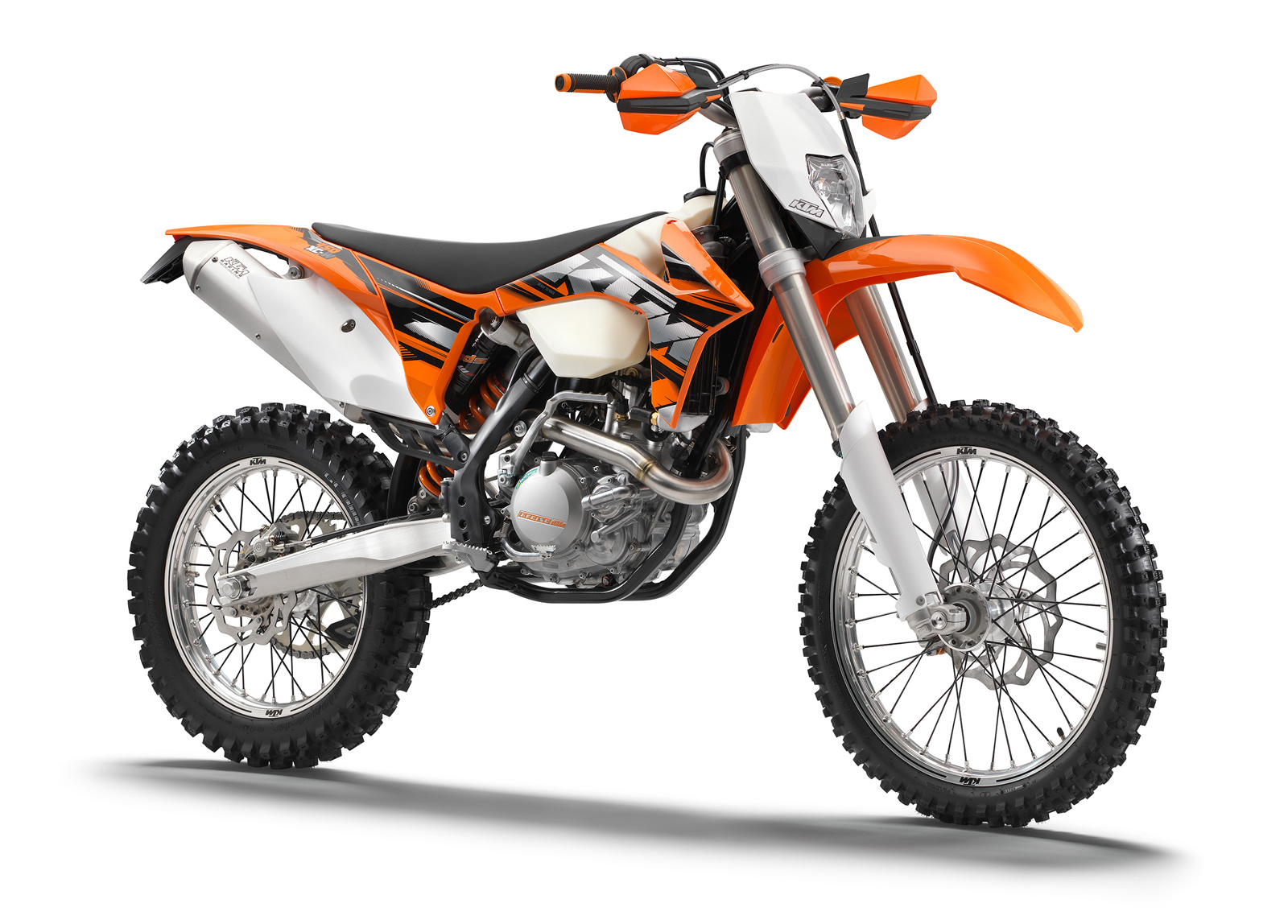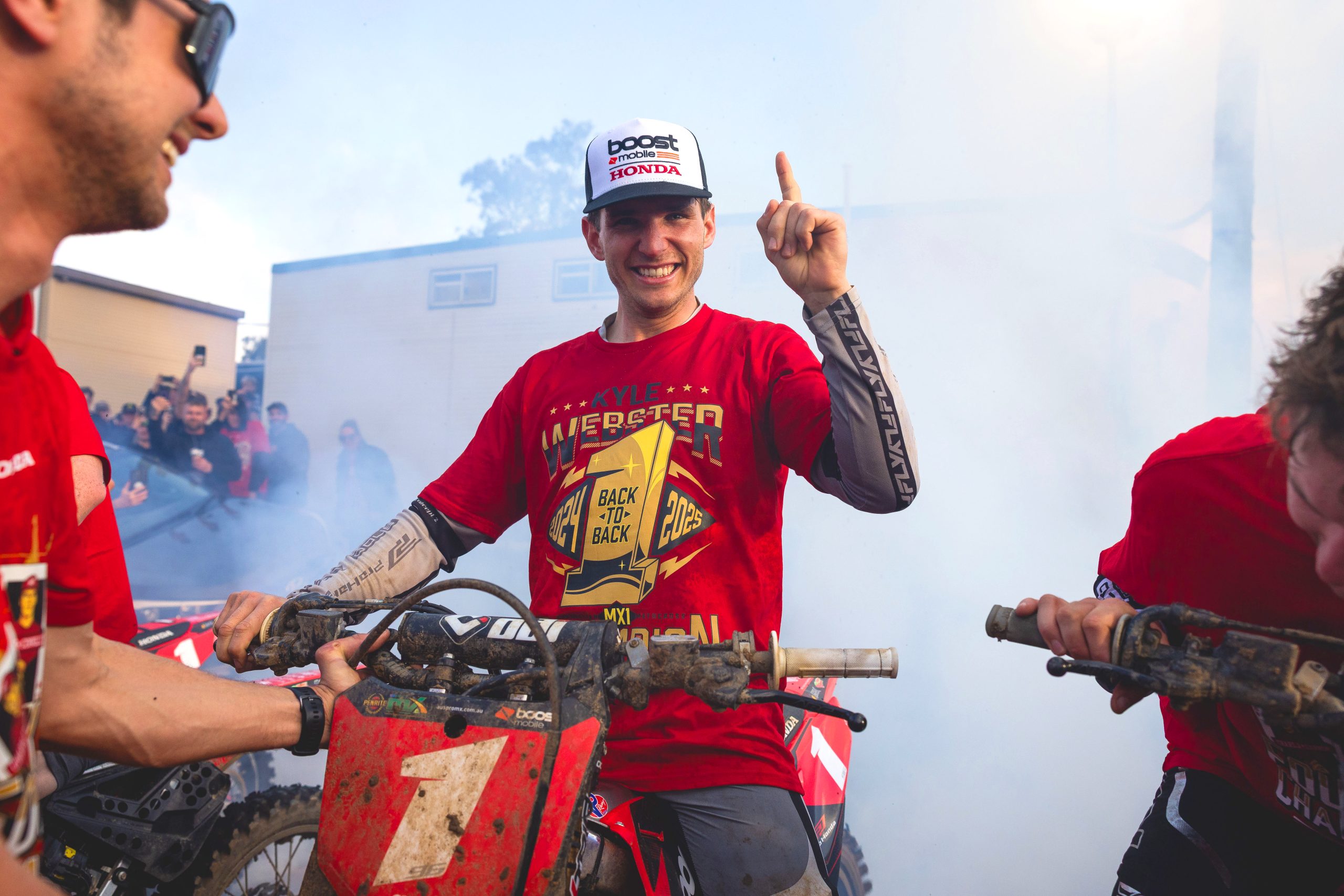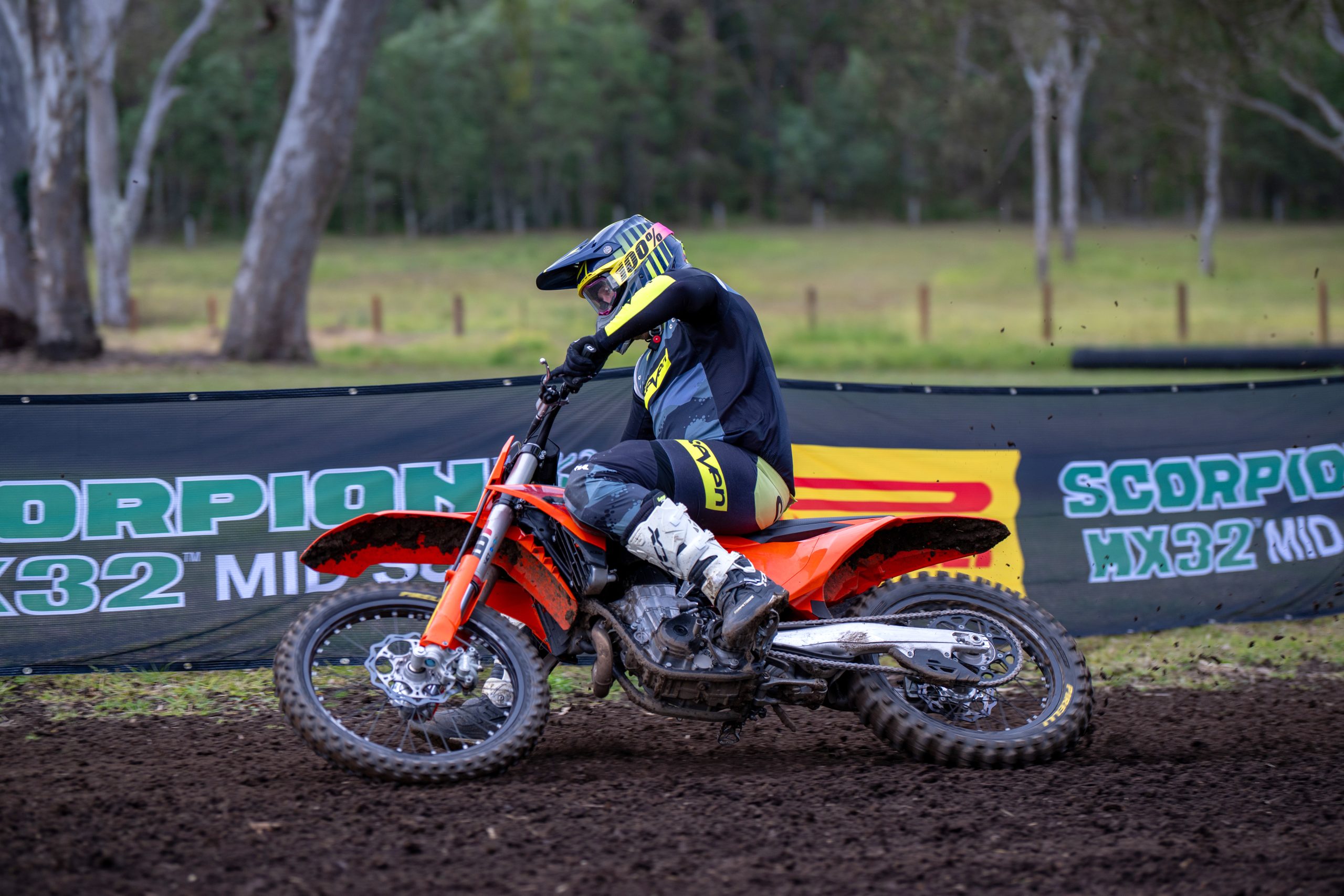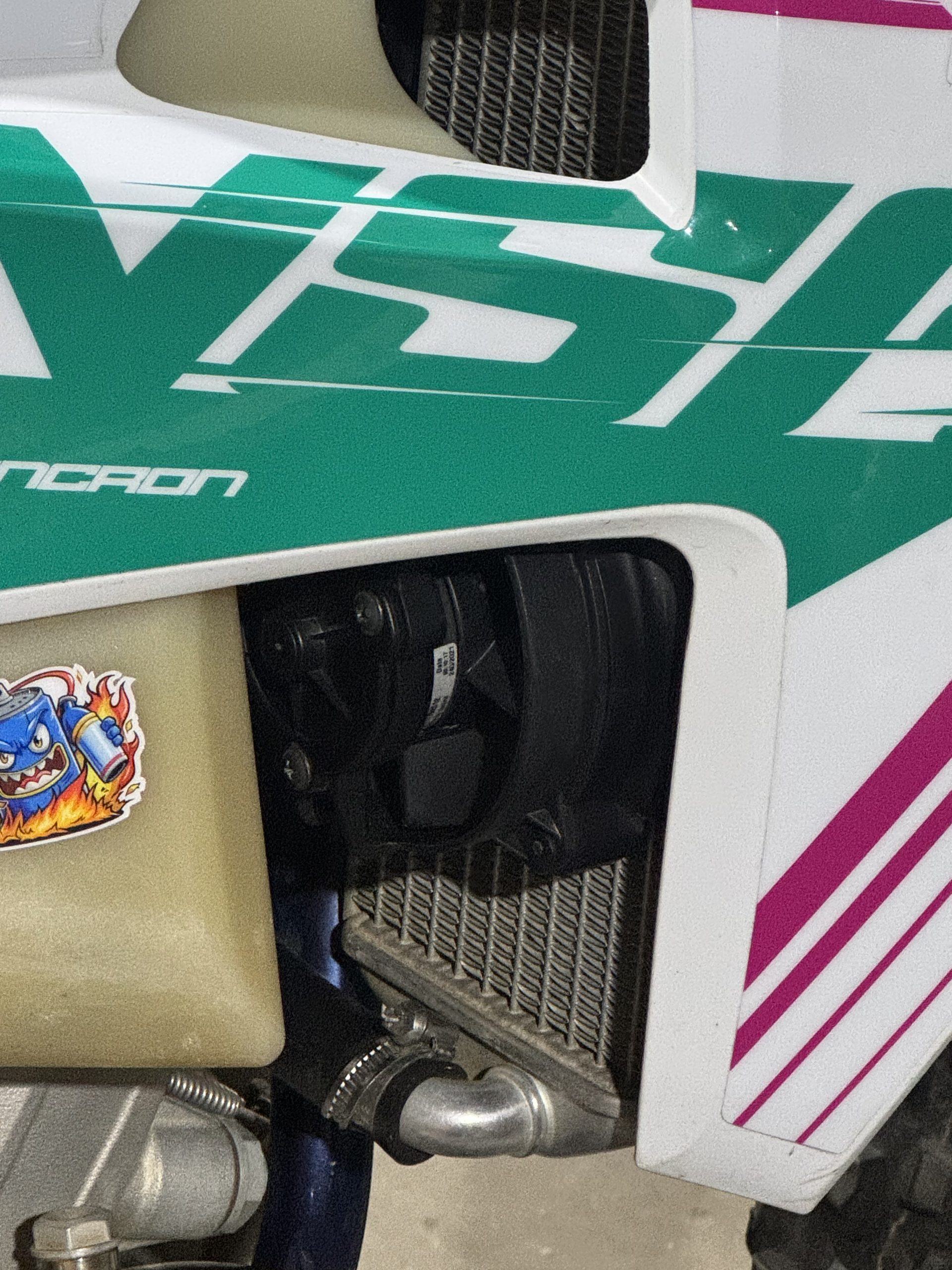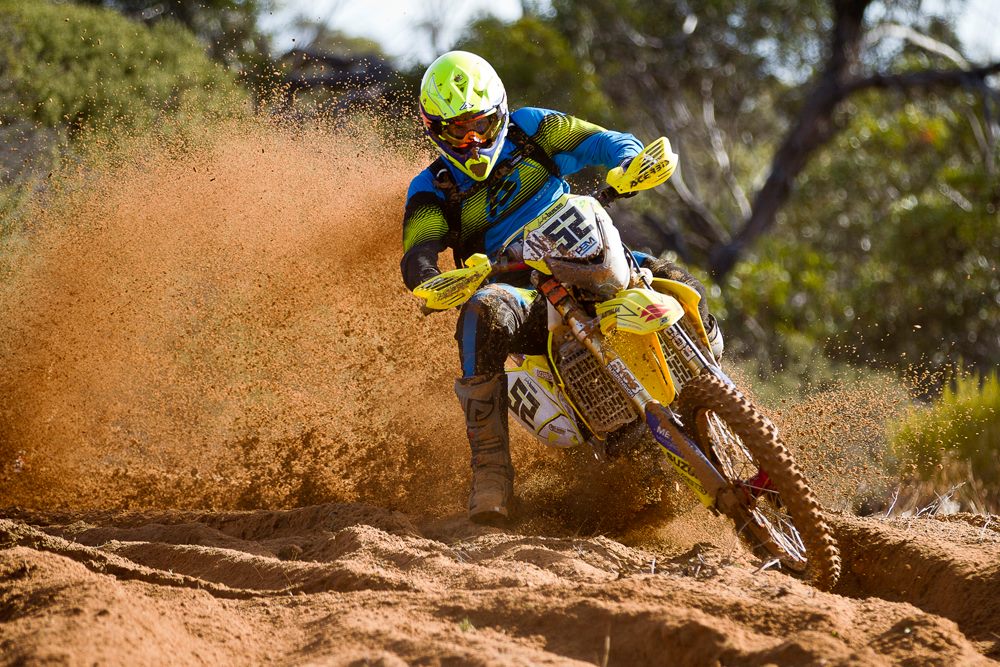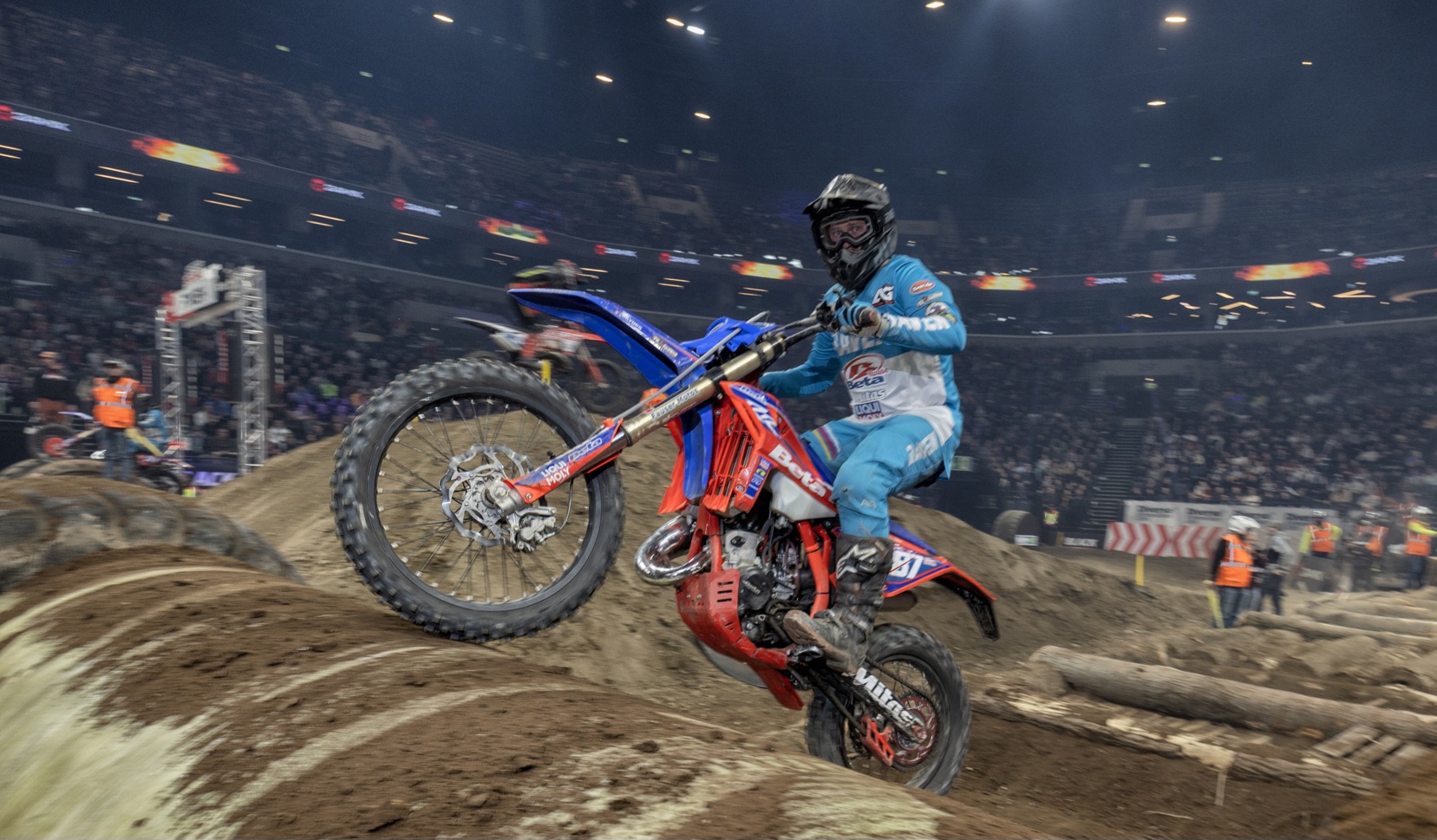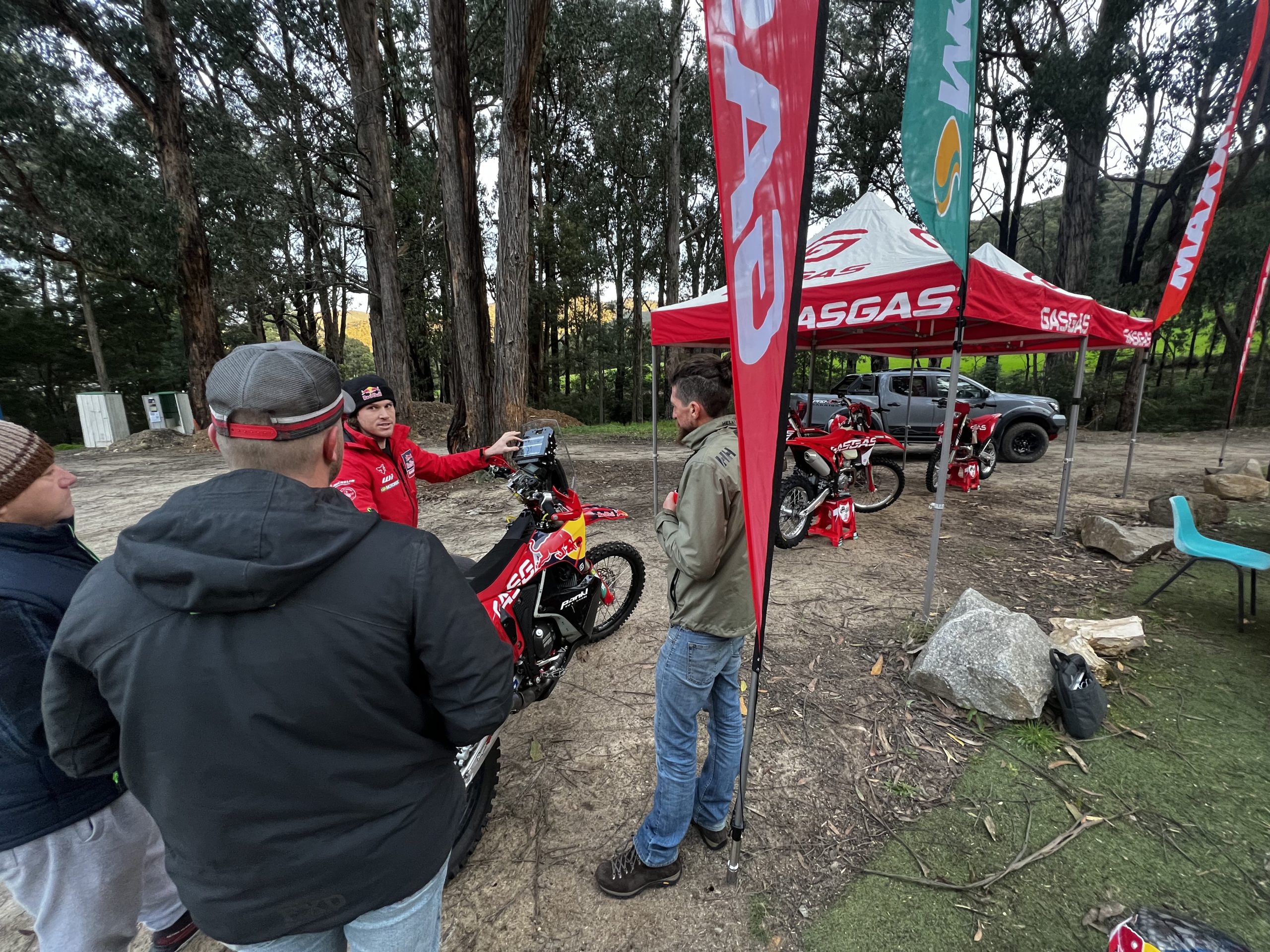In this 1982 test, Murray Watt didn’t hold back on what he saw as serious shortcomings, although he did give praise where it was due.
In the early days of ADB, four-stroke riders were regarded a bit like that strange uncle we all have. A bit odd, but nice to have around all the same. ADB received many letters of the “how can I make my bike go fast and handle good” type, mostly from four-stroke riders and the usual answer was “buy a two-stroke”.
Another frequent bit of advice was to not spend money modifying a bike that was nowhere near competitive to start with and that was where this XR250 came in. Its good points were considered good enough that maybe it was worth spending money on.
The test riders had ridden the Honda in a club day gymkhana and loved it. They declared it fun to ride with nice handling and accurate steering but it was decided that, to look at a possible class win in an open enduro, the suspension would need a lot of work.
The monoshock rear suspension worked well at low speed over rocks and logs in tight bush but bigger hits at speed would give “a giant wallowing kick of disapproval” to quote Murray’s report, and he didn’t believe it could be adjusted out either. He thought a good shock could make the XR twice the bike it was, as the stocker was not even up to the standard of a decent twin-shock set-up of the time.
The test was carried out at one of ADB’s secret venues in the company of a Suzuki motocrosser and an enduro Husqvarna and, as riders swapped between bikes, the Honda’s shortcomings were highlighted. A tricky, steep hillclimb of about 150 metres was made all the more difficult by the suspension causing the rider to back off for ruts and holes.
Once the revs dropped the Honda would plug on admirably but it wouldn’t build revs again like the other bikes. Do that too many times and the bike would just die. Coming back down also highlighted a problem with a tight gearbox. First was too low to bump start the bike after stalling and the gearbox action was so stiff that a higher gear couldn’t be selected without stopping to unload the gear dogs.
The gearlever was soft and easily bent, despite its folding tip, but could be just as easily straightened by hand. Unlike the chainguide in front of the rear sprocket, which required a tyre lever to straighten it once it bent.
The fork was nothing special and it was said that it should be the next thing to spend money on after the shock. The steering came in for high praise but the stock tyres were the limiting factor. It was suggested that a switch to Metzelers would make a big difference.
Murray’s conclusion was that any decent two-stroke would blow the XR into the weeds in competition but when you felt detuned the XR was the best bike in the world and it was during that time when he really liked the Honda. If you wanted to race though, the XR250 in standard trim would punish any serious attempts to push it hard. Heritage Editor Warren Jack
